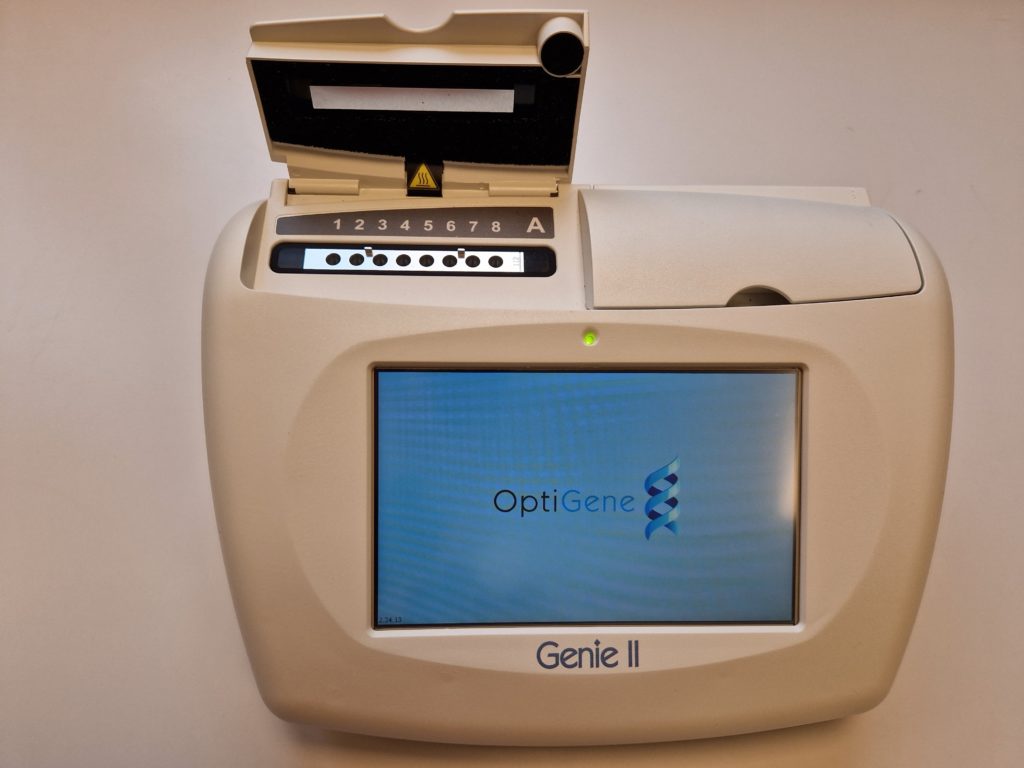Ash Dieback
Europe has been experiencing a large-scale population decline of European ash (Fraxinus excelsior) as a result of an invasive and lethal fungus Hymenoscyphus fraxineus which was presumably introduced on nursery stock of Asian Fraxinus. The disease, commonly known as ash dieback, is now widespread throughout most of Europe and has dramatically reduced the host population size of European ash in most countries. The decline of this important ‘keystone species’ has grave ecological implications not only ash as a species but for the biodiversity supported by, and in some cases solely dependent on, ash trees. We are working with tree breeders at Skogforsk to select and breed a more resistant population of ash for future planting in Swedish forests, cities and landscapes. The research entails studies that incorporate both traditional phenotyping and cutting-edge phenotyping technologies based on molecular and biochemical-based markers associated to tree resistance in order to facilitate and expedite tree breeding efforts, and restoration strategies to save ash for the future. You can read more here about our research program “Save the Ash“. link to the ash publications.
For more information:
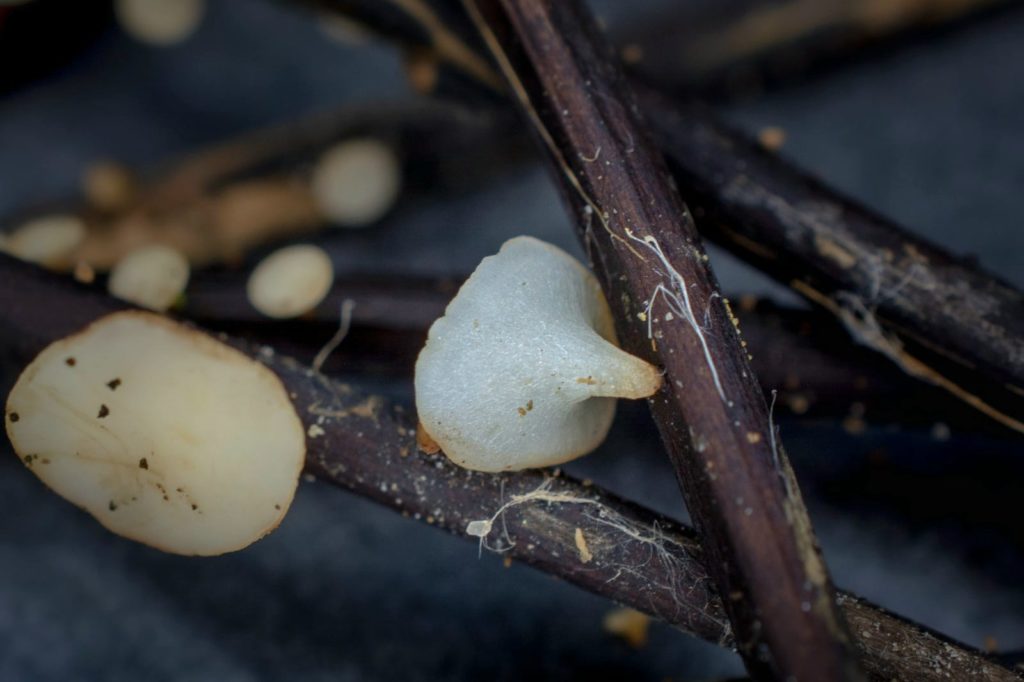
Phytophthora
The genus Phytophthora is a group of microscopic pathogens belonging to Oomycetes that are responsible for major plant disease in many parts of the world. Phytophthora spp. cause diseases such as root and crown rots, cankers, foliar blights, and fruit rots, and affect food and fiber crops, forest trees, and a variety of ornamental plants.
Depending on whether the lifecycle occurs mainly above- or below-ground a distinction is made between soilborne Phytophthora species causing fine root losses, root and collar rots and bleeding bark cankers, and airborne Phytophthora species causing leaf necrosis, shoot blights, fruit rots and also bleeding stem cankers .
Different species of Phytophthora has been associated with the decline of oak and beech in Europe and North America, alder in Europe, Port Orford cedar in Europe and North America, ink disease of chestnuts worldwide, and many more.
Our ongoing research with Phytophthora in Sweden deals with understanding the distribution and diversity of Phytophthora species affecting broadleaf forests, on urban trees in city and peri-urban environments, and in forest and ornamental nurseries.
For more information:
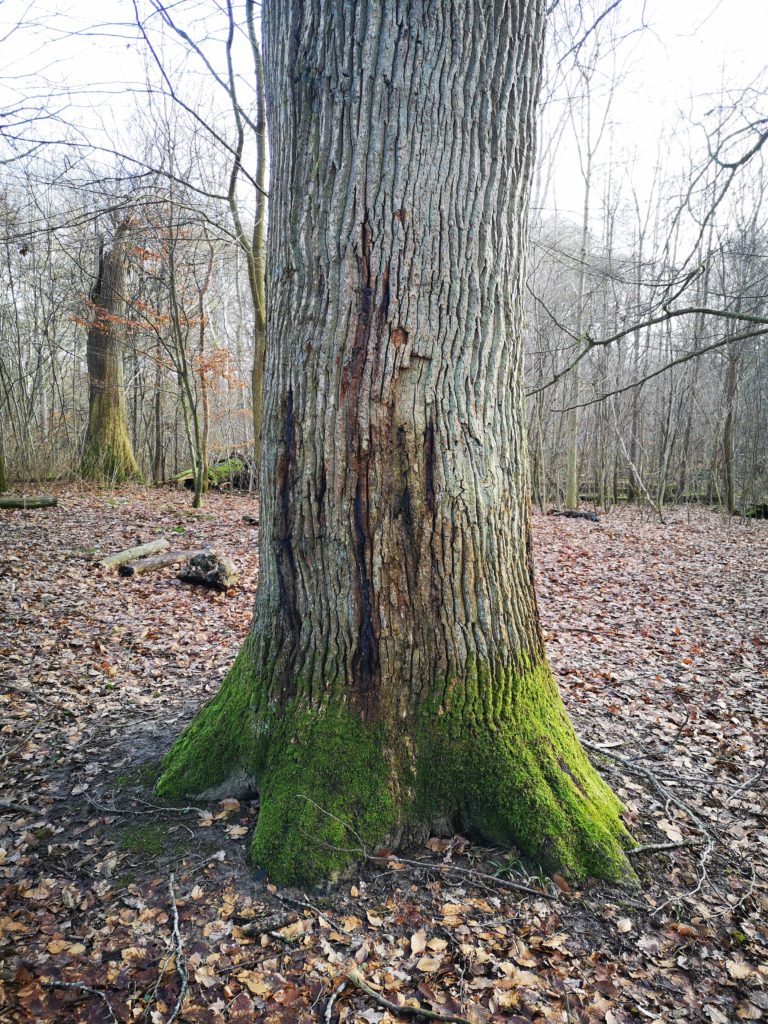
Heterobasidion root rot
Heterobasidion is one of the most damaging agents to coniferous forests throughout the Northern hemisphere, causing extensive volume growth loss, increased mortality and wind damage. project deals with how we can protect Norway spruce from root and butt rot caused by Heterobasidion by preventing airborne infections in stumps created during forest operations, through optimised use of stump treatment agents. Heterobasidion is greatly favoured by our current management regime with harvesting operations throughout the year, since we are serving the pathogen suitable substrates (new stumps) on a regular basis. If stumps are infected by airborne spores, interconnected root systems will allow the pathogen to infect adjacent, healthy trees below ground via root contacts. This leads to the spread of root rot across stands and rotations. New management recommendations considering the pathogen-host interactions are therefore much needed and essential to increase carbon sequestration in our forests and in the longer term, to reach several of the sustainable development goals. link to the Heterobasidion publications.
For more information:

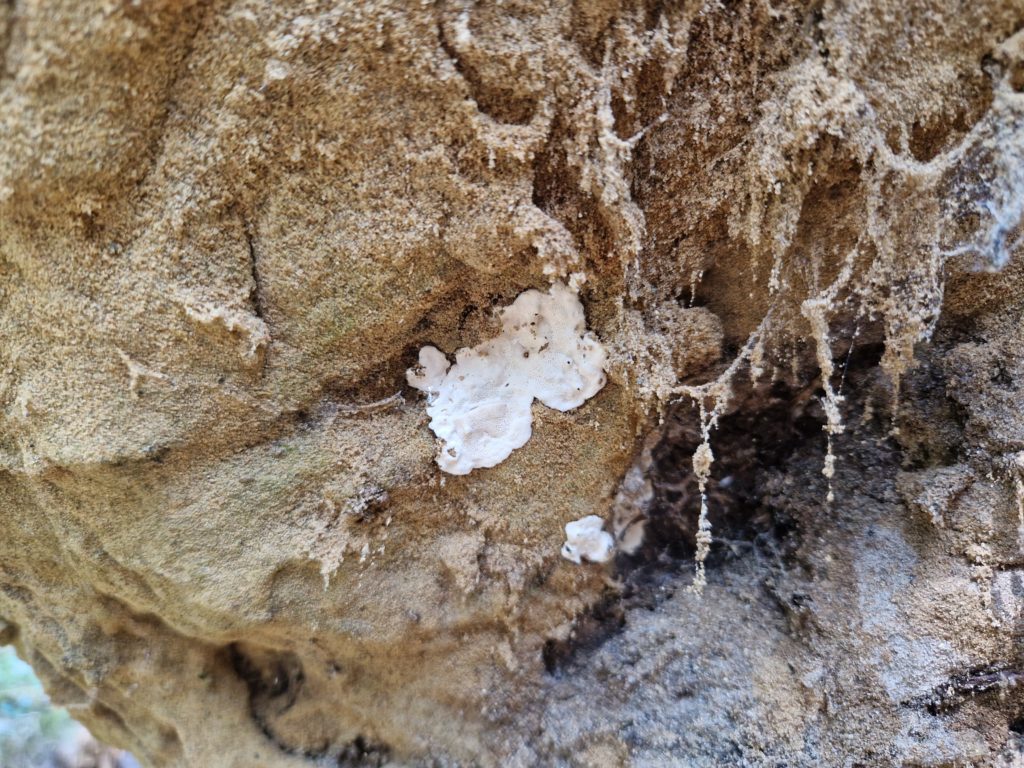
Pine Needle Disease
Scots pine is one of the most important commercial species in Swedish forests. Other exotic Pinus species including lodgepole pine (P. contorta) and mugo pine (P. mugo) are commonly used in forestry and ornamental plantings in the urban landscape, respectively.
Today, Scots pine has several damaging foliar pathogens in Sweden and more are emerging and spreading from other parts of Europe. For example, pine needle pathogens like species of Dothistroma, Gremmeniella Lophodermium, Lophodermella and Diplodia are becoming more and more problematic probably as a result of changing climate which makes conditions more favourable for pathogen development.
Due to the expansion of global plant trade and horticultural practices that involve planting exotic tree species, there is an increased risk of new pests and pathogens being introduced . A new threat (a serious fungal pathogen known as Lecanosticta acicola) that causes brown spot needle blight on more than 30 Pinus species in different climate regions around the world was recently detected in southern Sweden.
Since that discovery, huge media attention surfaced for what is now perceived to be a new threat to native Scots pine increasing concerns of forest owners and the public reporting similar-type damage to pine and requesting advice on what they can do.
In our laboratory, we are developing and optimizing a reliable pathogenicity assay for L. acicola that could assist functional studies of pathogen virulence factors for estimating quantitative levels of needle infection in Scots pine seedlings. This will also allow for better host-pathogen interaction studies on a variety of other pines that are potential host plants for this pathogen, and commonly introduced, in Sweden.
For more information:
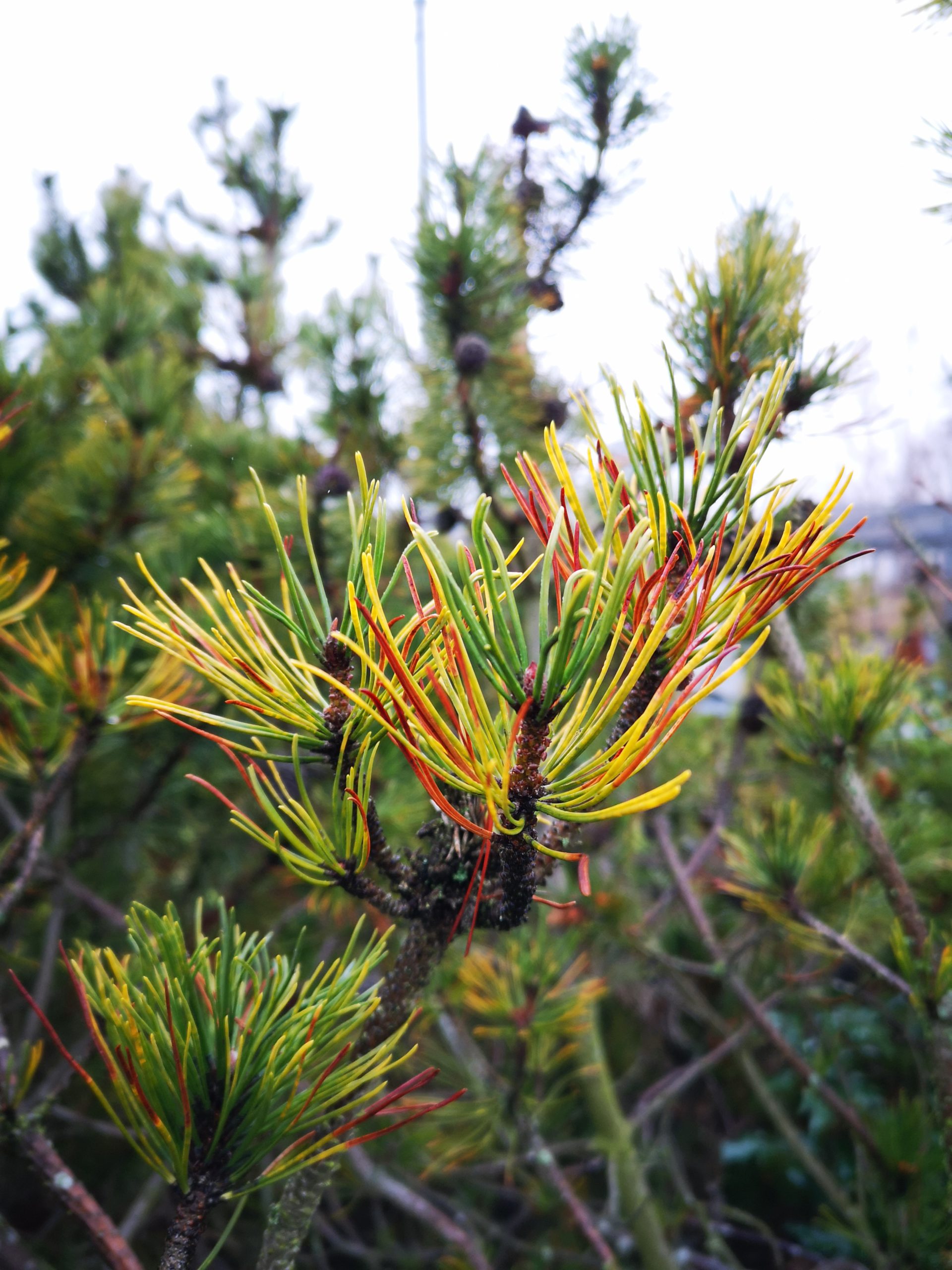
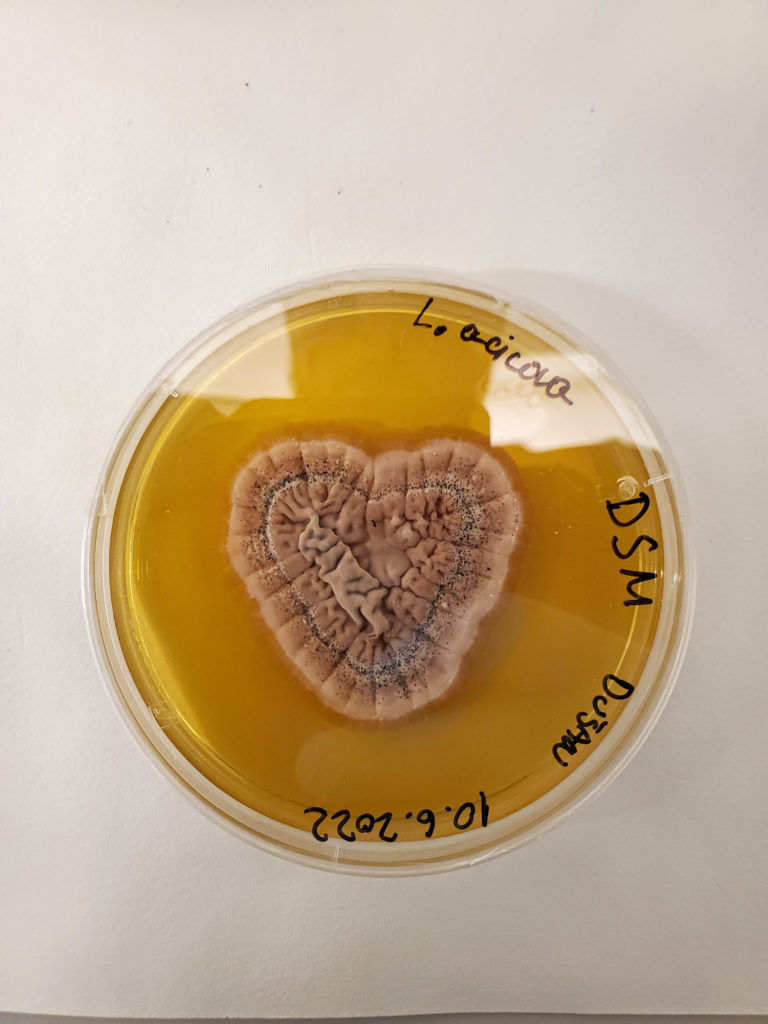
Agrilus pests
Europe and North America have experienced an increase in invasive forest pests for past few decades driven in part from global trade. Of particular notice, Buprestids, a group of beetles, have begun to be more of a major issue for forests. For example, emerald ash borer (EAB, Agrilus planipennis) has become the most expensive forest pest in United States history. Buprestids have been studied little since most are considered secondary pests, those that attack stressed or already damage host plants. But with the increase of global trade, these Buprestids have increasingly been exposed to novel hosts and they can perform very well on novel hosts likely from the lack of co-evolved defenses. To prevent further outbreaks and accidental introduction, tools are needed to detect these pest organisms early, monitor populations, and understand how these pests perform on their hosts (host plant resistance). In our laboratory, we are researching including tools like LAMP (Loop-mediated isothermal amplification) eDNA assays to use for early detection, host plant volatiles to improve lures used for trapping, and host plant phloem chemistry to understand host defenses in susceptible and resistant trees.
Another buprestid that has not arrived to Europe yet is Bronze birch borer. Our research is looking into the susceptibility of European birch species to bronze birch borer and developing a rapid, LAMP assay for early detection of bronze birch borer from eDNA samples.
contact:
For more information:
Donnie.Petersson@slu.se or Michelle.Cleary@slu.se
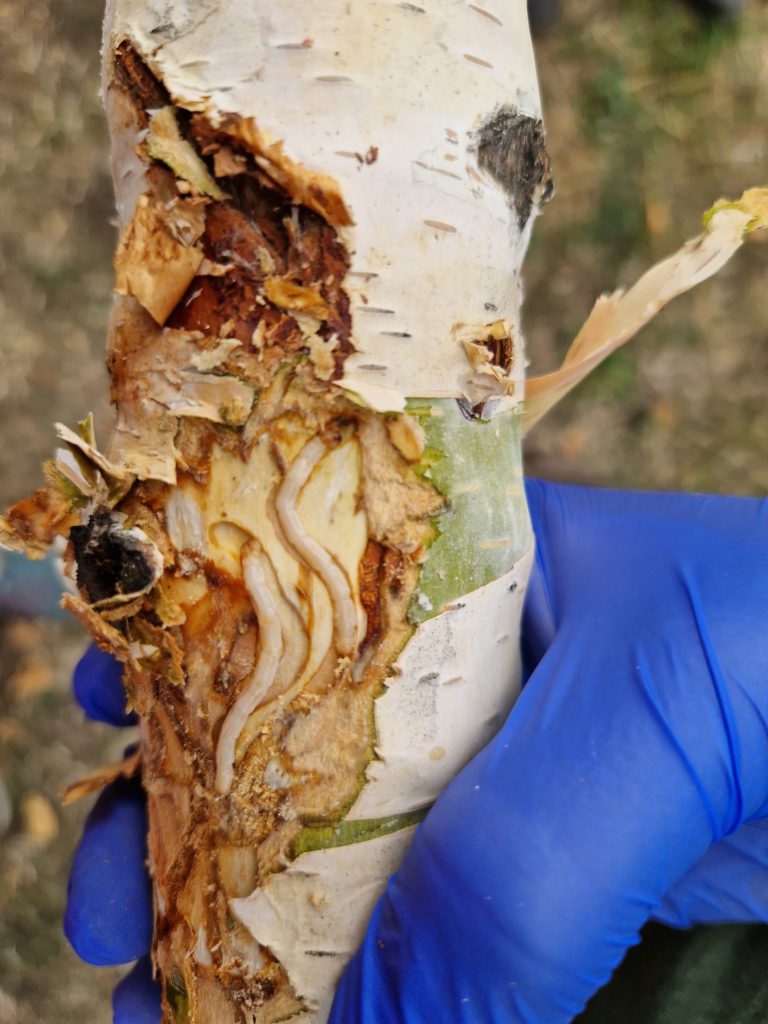
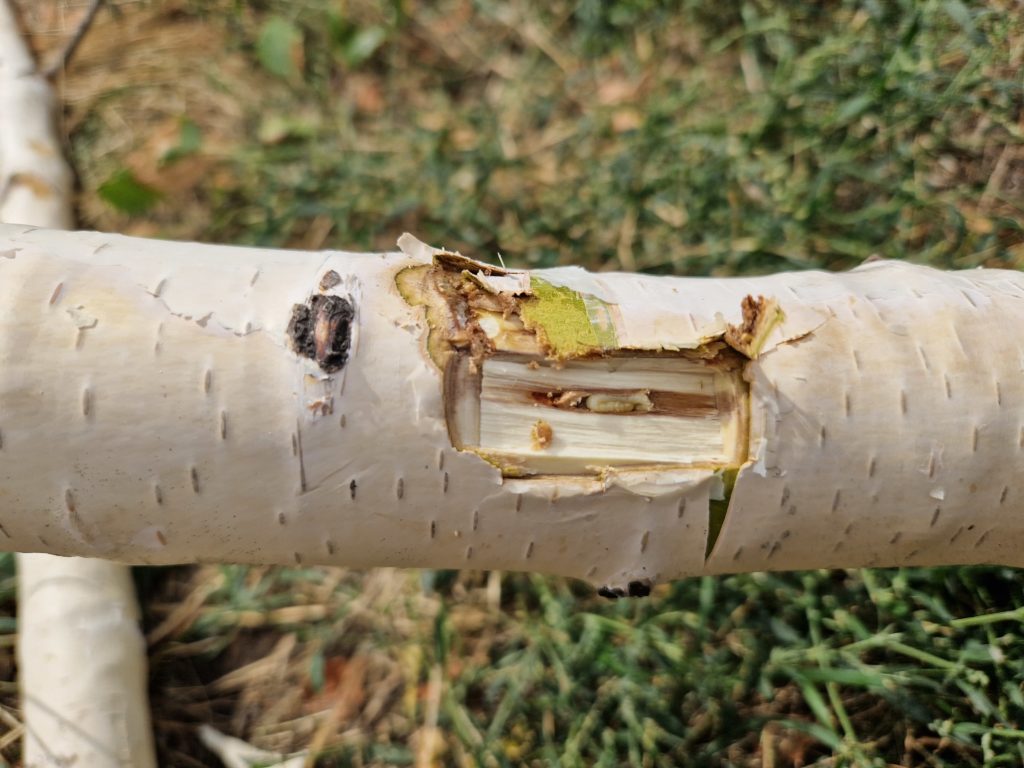
Seed Fungi
International seed trade has been considered as a minor pathway for non-native fungal pathogens, compared to trade in other living plants. Consequently, phytosanitary measures generally do not target seeds. This is despite a high diversity of fungal taxa, including potential pathogens, in traded seeds revealed in our recent studies, which emphasize the need for better biosecurity practices to be established.
In our recent project we are looking into which fungal endophytes can be vertically transmitted from seeds to seedlings, as these have a high probability of establishment in the new environment. We are utilizing traditional plating and high throughput sequencing for assessing fungal communities associated with seeds and seedlings of several tree species and locations within Europe.
Furthermore, we are looking into which fungal traits related to nutrient utilization and fungal interactions promote fungal dominance in seeds and vertical transmission.
For more information:

New methods and technologies for disease detection and resistance screening
We are developing and optimizing various methods for detecting and monitoring new and emerging threats
Volatile organic compounds
Volatile organic compounds (VOCs) are low-weight molecules emitted by all living organisms. The emission rate and composition of VOCs is species specific, but even within species it is highly dynamic and strongly correlated with metabolic processes. We have two research projects based on VOCs technology – Detection and discrimination of Phytophthora species and VOCs analyses for early detection of Fusarium circinatum, the causal agent of pine pitch canker disease.
Nanopore Sequencing
Nanopore sequencing is the newest technology that directly sequences nucleic acids by registering electronic current fluctuations as bases pass through nanopores embedded in a flow cell. This technology has enormous applicability to forest health because it provides unbiased, non-targeted detection of mixed microbial communities in real-time analysis while also being highly portable and low cost. We are developing this technology for detecting current and “on the horizon” diseases of forest trees.
IR spectroscopy
Plant specialized metabolites (PSMs), play a crucial role in plant defense responses against pests or pathogens.
IR spectroscopy is a technique that has so far shown promising results in phenotyping applications involving forest trees. This technique takes advantage of the fact that different functional groups present in a given sample react differently when exposed to IR light (different IR absorption).
This information can be used to produce chemical fingerprints that are used to identify plant specialized metabolites associated with defenses and determine quantitative and qualitative differences in biomarkers between susceptible and resistant trees. Thus, PSMs uniquely associated with resistant phenotypes can serve as chemical biomarkers to aid in the selection of resistant trees (possessing similar chemical fingerprints) in the wild.
For more information:

